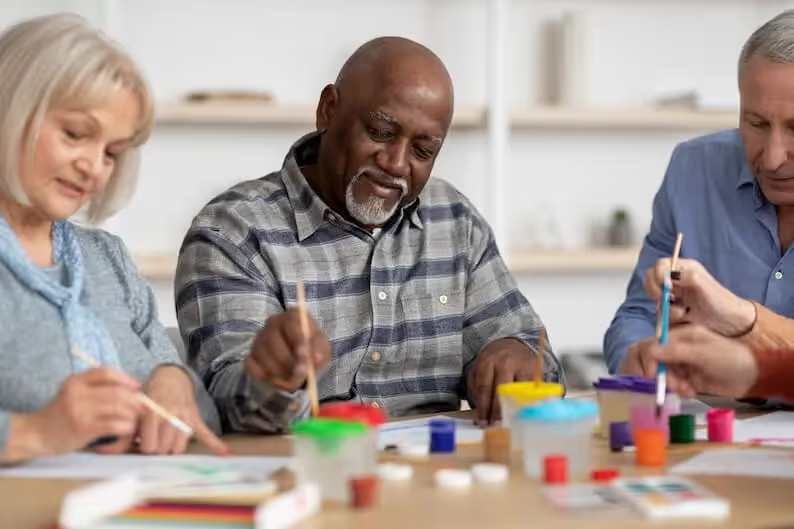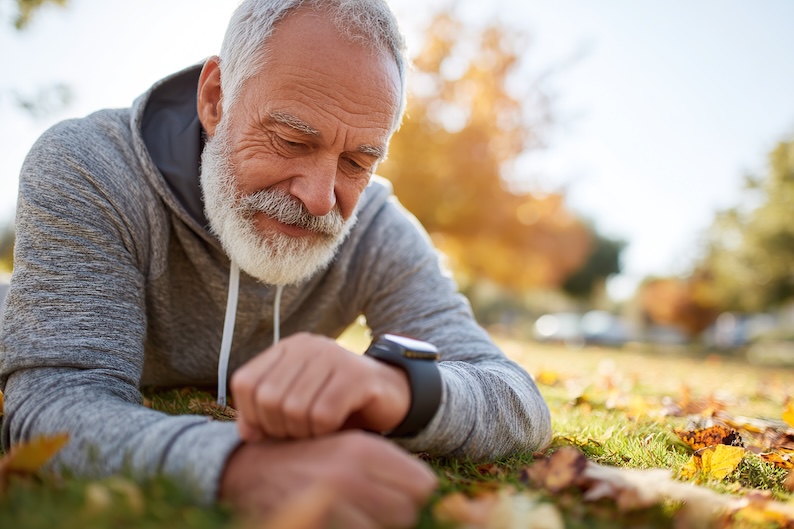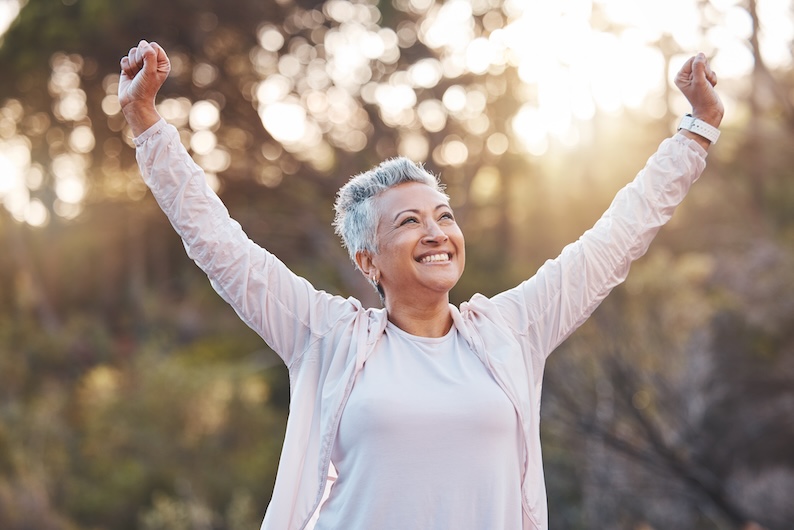As children, most of us loved arts and crafts. We thrived on getting to unleash our creativity and make things out of nothing or explore the unknown. The possibilities were endless. Sadly though, it seems the older we get, the less and less our creativity gets to shine. But that shouldn't be the case at all. It's actually in our health's best interest to be creative.
Health Benefits of Creativity
Creativity isn't just about having fun and acting young. It's also about being healthy. That's right. In addition to improving your imagination and artistic side, creativity is good for your physical and mental health. There are so many health benefits of creativity, including:
Cognitive – Creativity and creative activities help to keep our brains agile and active. Creative ventures force us to use both sides of our brains, which ultimately strengthens our neural pathways. The repetition of thinking, feeling, and acting forces brain and neural stimulation.
Emotional – Studies have found that creative activities can reduce stress, anxiety, and depression. For example, when you listen to music or even create music using an instrument, it helps to calm brain activity. This creates a sense of emotional harmony as you focus on the music and not your surroundings.
Physical – According to a study from the National Endowment for the Arts, older adults who participated in creative arts programs had fewer visits to the doctor and experienced fewer falls. The study also found that participants took fewer medications. Channeling your artistic side helps to motivate you and get you up and moving. This gets your heart rate up and releases endorphins. This helps your body fight disease by boosting your immune system.
Don't think you're creative? Try again. Creativity is subjective, and everyone is creative in their own way.
Ways to Be Creative
Creativity doesn't just extend to the arts. Creativity is expressed in many ways. Something as simple and routine as the way you walk and talk can even be considered creative. Want to reap the health benefits of creativity? Here are a few different "non-art" activities you can take part in that are considered creative expression:
Exercising – Research continues to find a relationship between physical activity and the mental processes that lead to creativity. When you exercise, you have to think of and remember steps, movements, and routines, especially with activities such as dancing, yoga, and pilates.
Cooking – Working in the kitchen encourages experimentation. It creates a sensory experience with aroma, taste, touch, visual delight, and even sizzling sound. Cooking is a process in which you're able to express yourself, your culture, and your passion. From how you prepare the food to how you serve the food – the entire process is art.
Gardening – It's not only great exercise for your physical health – all that bending and stretching – but gardening is also a way to unlock your creative side. From the design of the garden to the placement of the plants, when you are in your garden, you are expressing your creativity.
Reading – Not able to be physical? That's okay, there is plenty you can do that is creative and somewhat sedentary. Reading forces your creativity by making you conjure up images and snippets in your mind of the story you're reading. Reading helps you use your imagination, just as you did when you were a child.




